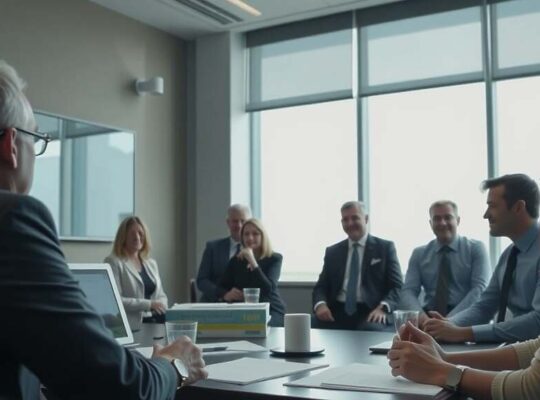Germany’s retail sector is facing a deepening crisis, threatening the vibrancy of its cities and raising concerns about the long-term health of its economy. According to Alexander von Preen, President of the German Retail Federation (HDE), the current landscape is defined by a “fight for every customer and every new month” a stark assessment of the challenges facing businesses across the country.
The most acutely impacted are small, independent, family-owned businesses lacking the organizational backing of larger corporations. These businesses, the backbone of many German communities, are now grappling with an existential threat. The HDE reports that independent retailers now account for just 11% of retail turnover, a dramatic decline from 22% just 15 years ago – a loss of both economic and cultural significance. This contraction isn’t confined to a single sector; fashion, toys, household goods and even grocery stores are all experiencing the consequences.
Von Preen characterized the situation as “alarming” warning of a loss of diversity and innovation as smaller shops disappear, leaving cities dominated by large chains and flagship brand stores. He highlighted the risk of urban areas losing their appeal and identity.
The crisis isn’t solely attributable to consumer behavior. Soaring costs for rent, energy and labor, coupled with declining foot traffic in city centers, are contributing factors. Von Preen also critiqued a prevailing “bargain mentality” among consumers, suggesting that the demand for constant discounts is ultimately undermining the ability of smaller retailers to invest in their businesses and future. Interestingly, the criticism comes from a leader himself involved in a large company (Intersport).
Beyond the plight of smaller shops, the HDE reports a significant investment stagnation across the entire industry. Current investment levels, reportedly around €20 billion, are deemed insufficient to drive necessary modernization and adaptation. This includes vital areas like store design, logistics, digital transformation, artificial intelligence, marketing and community engagement – all crucial for sustaining a competitive and relevant retail model.
Von Preen insists that investment needs to double to foster a thriving and innovative retail landscape. However, he acknowledges that current market conditions and regulatory frameworks make such a significant commitment unsustainable for many businesses. The predicted consequence is further store closures, increased vacancy rates in urban centers and a gradual erosion of the unique character that defines Germany’s commercial landscape. The situation demands urgent attention and potentially, policy intervention to safeguard the future of German retail.












